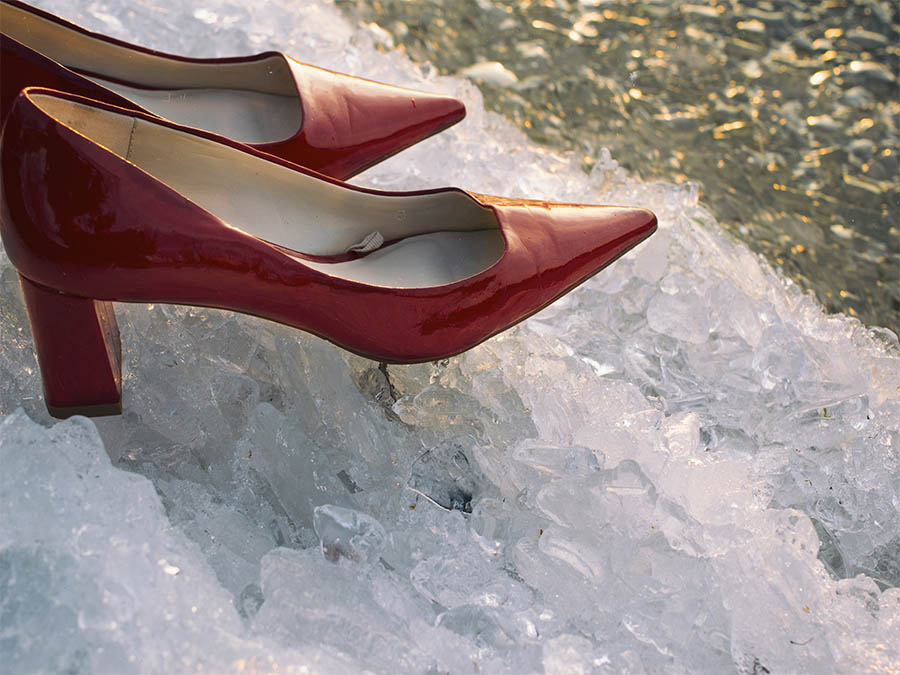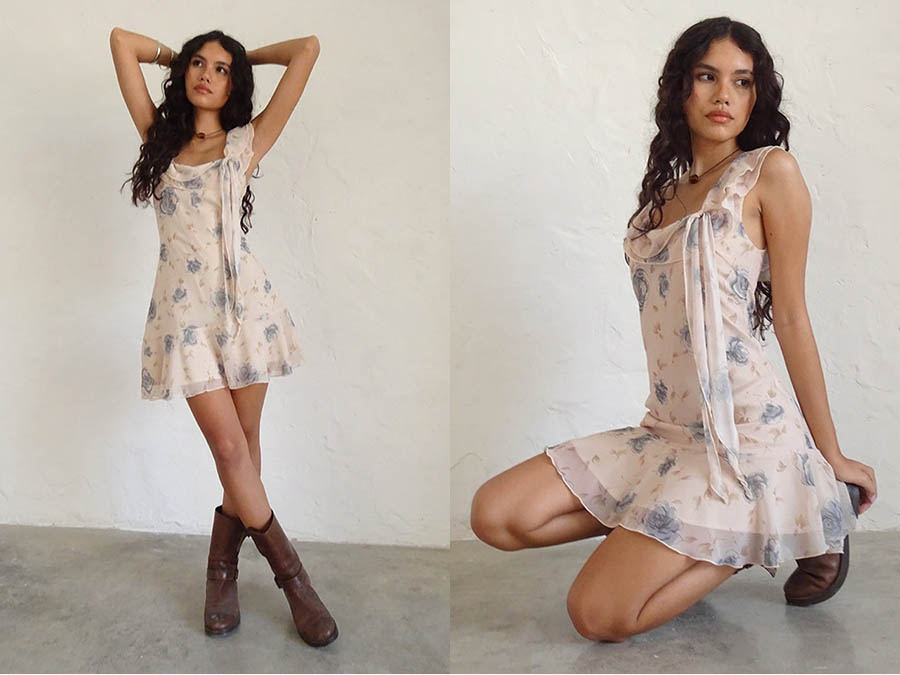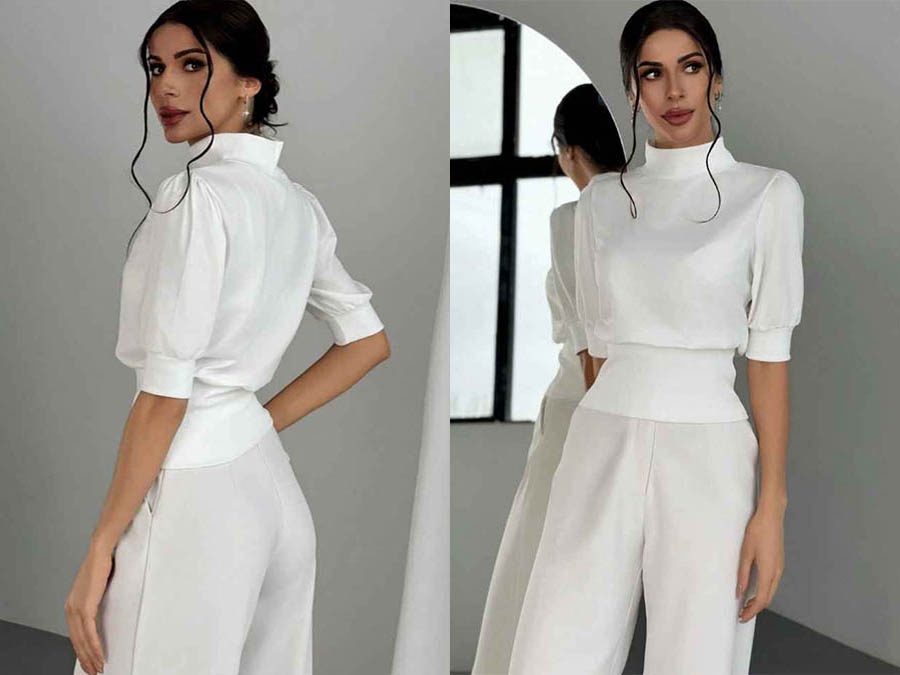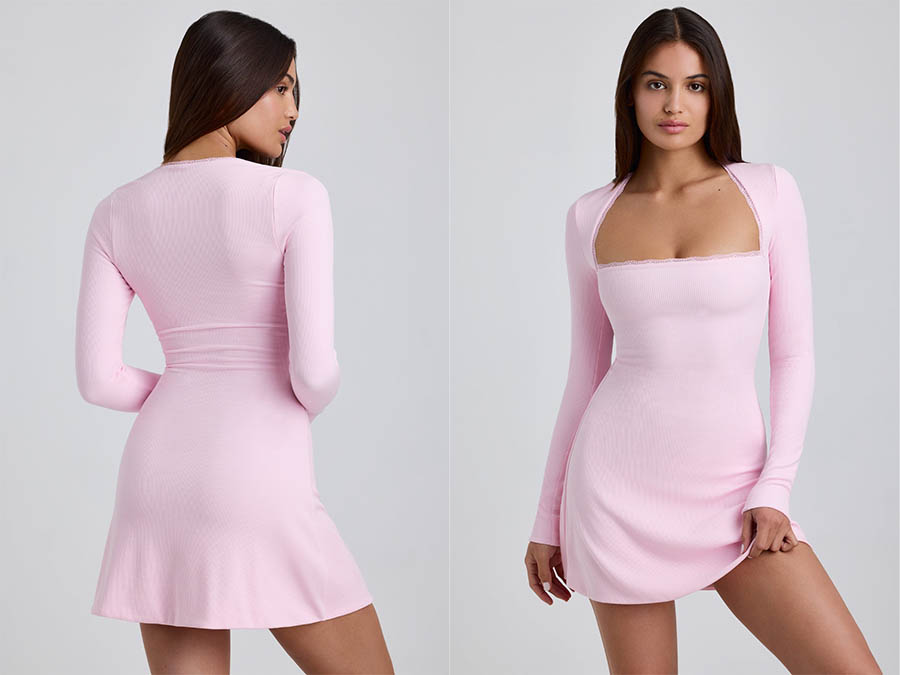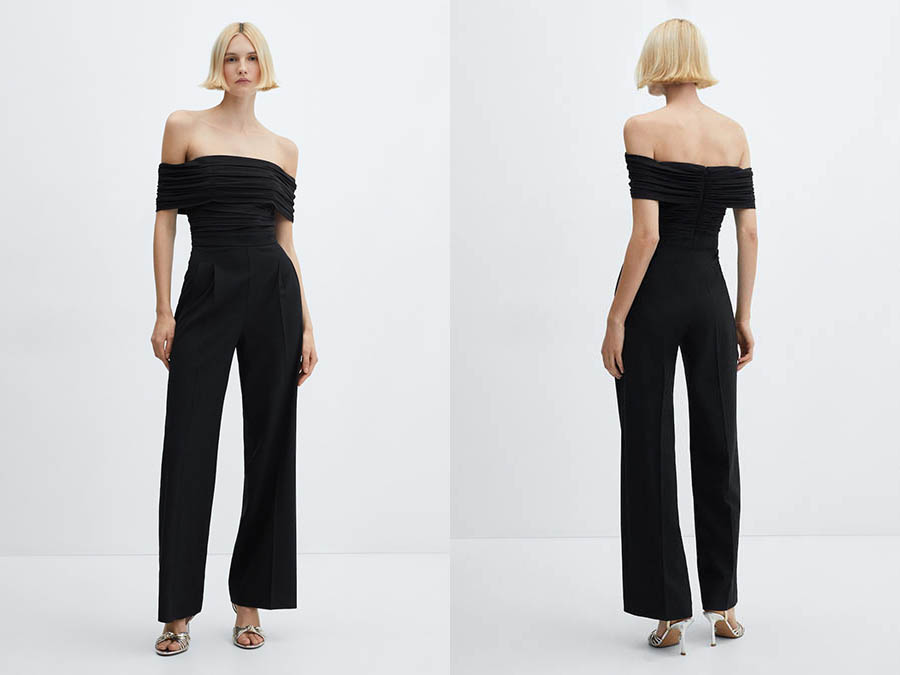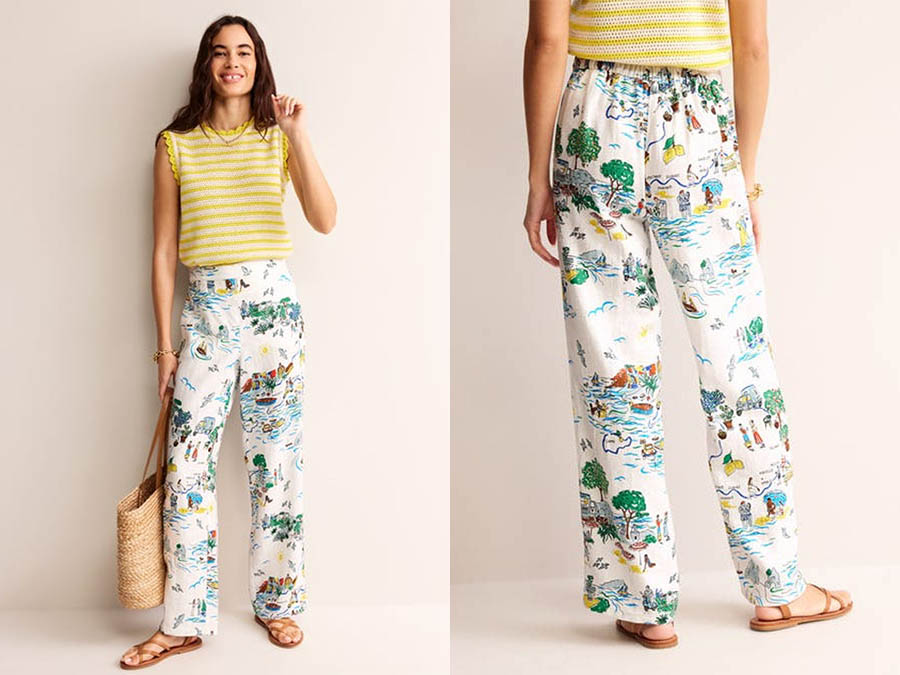10 Ways How to Wear Heels Safely During Winter
Winter is a beautiful season filled with snowflakes, cosy sweaters, and holiday cheer. However, it can also be challenging for fashionistas who love to strut their stuff in heels.
The combination of icy sidewalks and slushy streets can turn wearing heels into a perilous task. But fear not, because with the right knowledge and precautions, you can wear heels safely and stylishly throughout the winter season.
Here at Fashion.ie, we’ll provide you with valuable tips and tricks to keep you looking fabulous while staying upright and comfortable in your heels.
Type of Heels to Look Out for This Winter
There are various types of heels that can be found on footwear, each offering a different look and level of comfort. Here are some common types of heels:
1. Stiletto Heels: These are thin, high heels that can go up to 8 inches or more in height. Stilettos are known for their elegant and sexy appearance.
2. Kitten Heels: Kitten heels are short, slender heels, usually between 1.5 to 2 inches in height. They are often considered a more comfortable and practical option compared to stilettos.
3. Block Heels: Block heels are wider and thicker, providing more stability and comfort than stilettos. They can vary in height and are often found on sandals, boots, and pumps.
4. Wedge Heels: Wedge heels are thicker at the back and taper towards the front, forming a wedge shape. They provide good support and are generally more comfortable for prolonged wear.
Heels Should Always be Comfy
5. Platform Heels: Platform heels have a thick sole under the front part of the foot, which reduces the angle of the foot, making high heels more comfortable to wear.
6. Cone Heels: Cone heels are thicker at the sole of the shoe and taper toward the ground in a conical shape. They offer a unique and stylish look.
7. Spool Heels: Spool heels are wide at the top and bottom but narrower in the middle, resembling an hourglass shape. They provide stability and an elegant look.
8. Wheat Heels: These heels have a curved, hourglass-like shape but are more slender than spool heels. They are commonly seen on vintage-style footwear.
9. Louis Heels: Louis heels are typically curved, resembling a comma shape, and are often associated with historical or retro styles.
10. Cuban Heels: Cuban heels are short, broad-based heels with a slightly squared shape, often seen on cowboy boots and some vintage-inspired shoes.
11. Comma Heels: Comma heels are curved in a manner similar to a comma punctuation mark. They are unique and less common than other heel types.
Inject Colour Into Your Heel Look During Winter Months
12. Flare Heels: Flare heels widen as they go down to the ground, providing stability and support.
13. Sculpted Heels: These heels come in various artistic and sculpted shapes, adding a creative and avant-garde element to footwear.
14. Ankle Strap Heels: Ankle strap heels have a strap that goes around the ankle for added support and style.
15. Peep-Toe Heels: Peep-toe heels have an opening at the front that exposes the toes, adding a fashionable touch.
16. Mule Heels: Mule heels are backless and can have various heel types. They are easy to slip on and off.
17. Cone Heels: Cone heels have a cone-shaped design, with a wider top and a narrower bottom.
18. Flatform Heels: Flatforms have a thick, flat sole, providing height without the traditional heel design.
The choice of heel type depends on personal style, comfort, and the occasion for which the footwear is intended. Now let’s look at how to wear your choice of heel show safely during the winter months ahead.
1. Choose the Right Heel Style
First and foremost, it’s essential to select the right style of heels for winter wear. Stilettos and super high heels might look fantastic, but they can be treacherous on slippery surfaces.
Opt for block heels, wedges, or platforms, which offer more stability and support. These styles provide a broader base of contact with the ground, reducing the risk of slipping.
2. Invest in Quality Winter Heels
Consider investing in a good pair of winter heels made from high-quality materials. Look for footwear that includes non-slip soles for better traction.
Waterproof and insulated options are ideal to keep your feet warm and dry in wet and cold conditions.
3. Layer Up with Warm Socks or Tights
Don’t underestimate the power of warm socks or tights. They can add an extra layer of insulation and keep your feet cosy.
Consider wearing thermal or wool socks that are both stylish and functional. Ensure that they complement your outfit while keeping your feet comfortable.
4. Use Traction Aids
Traction aids, such as rubber heel caps or slip-on grips, can be a lifesaver in icy conditions. These accessories attach to the sole of your heels and provide extra grip on slippery surfaces, reducing the risk of falls.
5. Walk with Care
Walking in heels, especially on slippery surfaces, requires a bit of extra caution. Take smaller steps and avoid rushing. Place your foot down with intent and focus on your balance. Engage your core muscles to maintain stability.
6. Plan Your Path
Before heading out, check the weather forecast and plan your route accordingly. Stick to well-maintained sidewalks and pathways to minimize the risk of encountering icy patches. Avoid shortcuts through unshoveled areas or areas with uneven terrain.
7. Keep an Eye on Salt and De-icing Chemicals
While salt and de-icing chemicals help prevent slips, they can be harsh on your heels. Wipe your shoes clean and dry them as soon as you arrive home to prevent damage. Additionally, consider carrying a cloth or brush with you to clean your heels while you’re out.
8. Choose the Right Outfit
Your choice of clothing can also affect your stability. Opt for winter-appropriate attire, such as long coats, insulated leggings, and warm scarves, which will provide additional balance and support to your winter heel ensemble.
9. Be Mindful of Your Stride
Maintain a good posture and walk with your weight evenly distributed between both feet. Avoid leaning too far forward or backward, as this can throw off your balance. Remember, a confident and steady stride can make a significant difference.
10. Carry Flats or Boots
If you’re unsure about the terrain you’ll encounter, it’s a good idea to carry a pair of flats or boots in your bag. This way, you can switch to more practical footwear if conditions become too challenging.
And Finally
With the right preparation and a little extra care, you can confidently wear heels during the winter season without compromising your safety or style.
Choose the right heels, invest in quality footwear, and take precautions like using traction aids and dressing appropriately.
By following these tips, you can enjoy the best of both worlds: fashion and function in the winter wonderland. So, step out with confidence and show the world that heels and winter can be a perfect combination when done safely and smartly.

